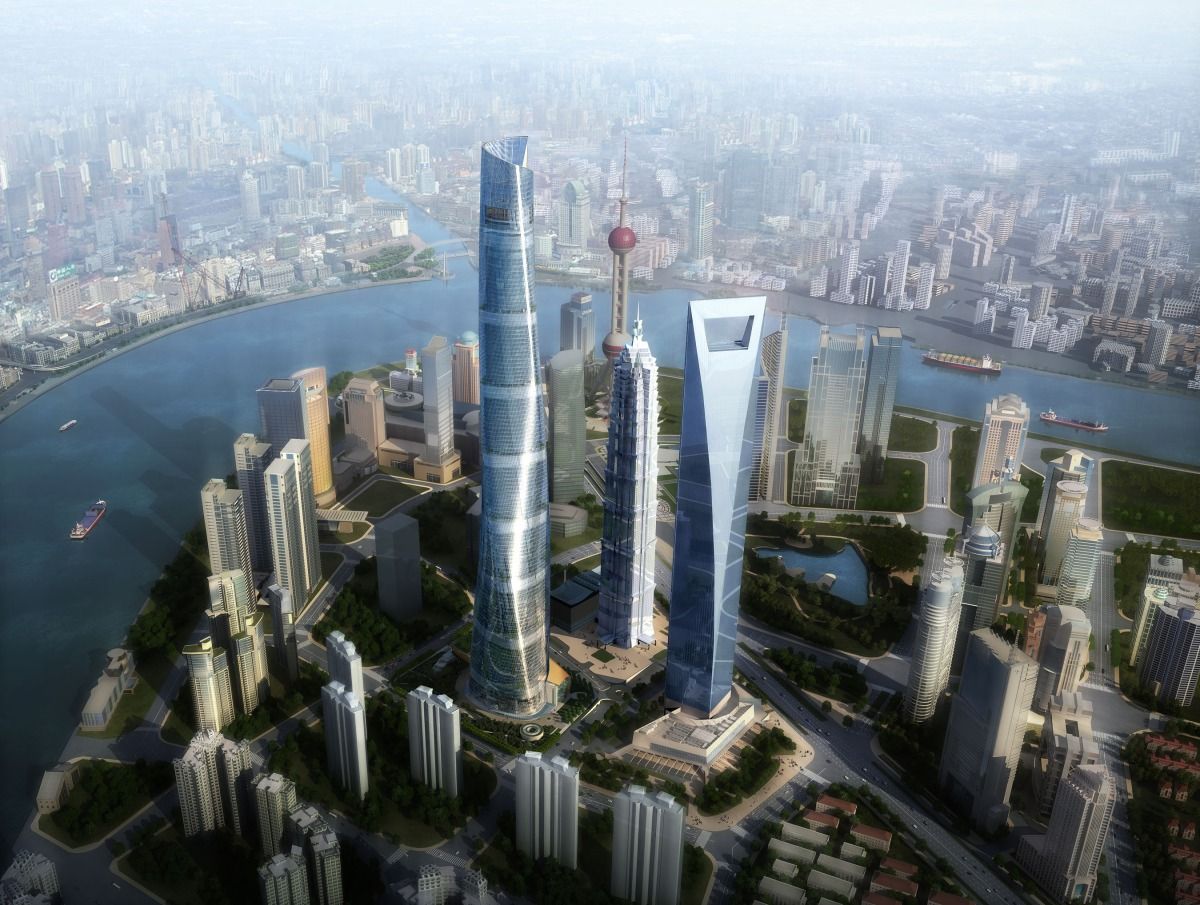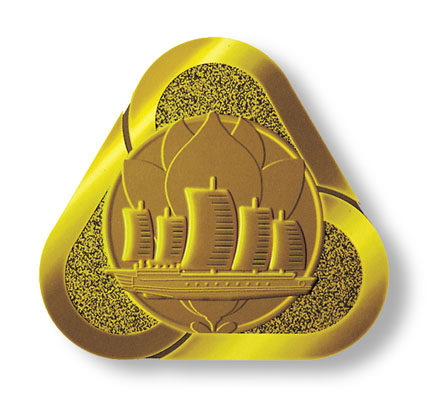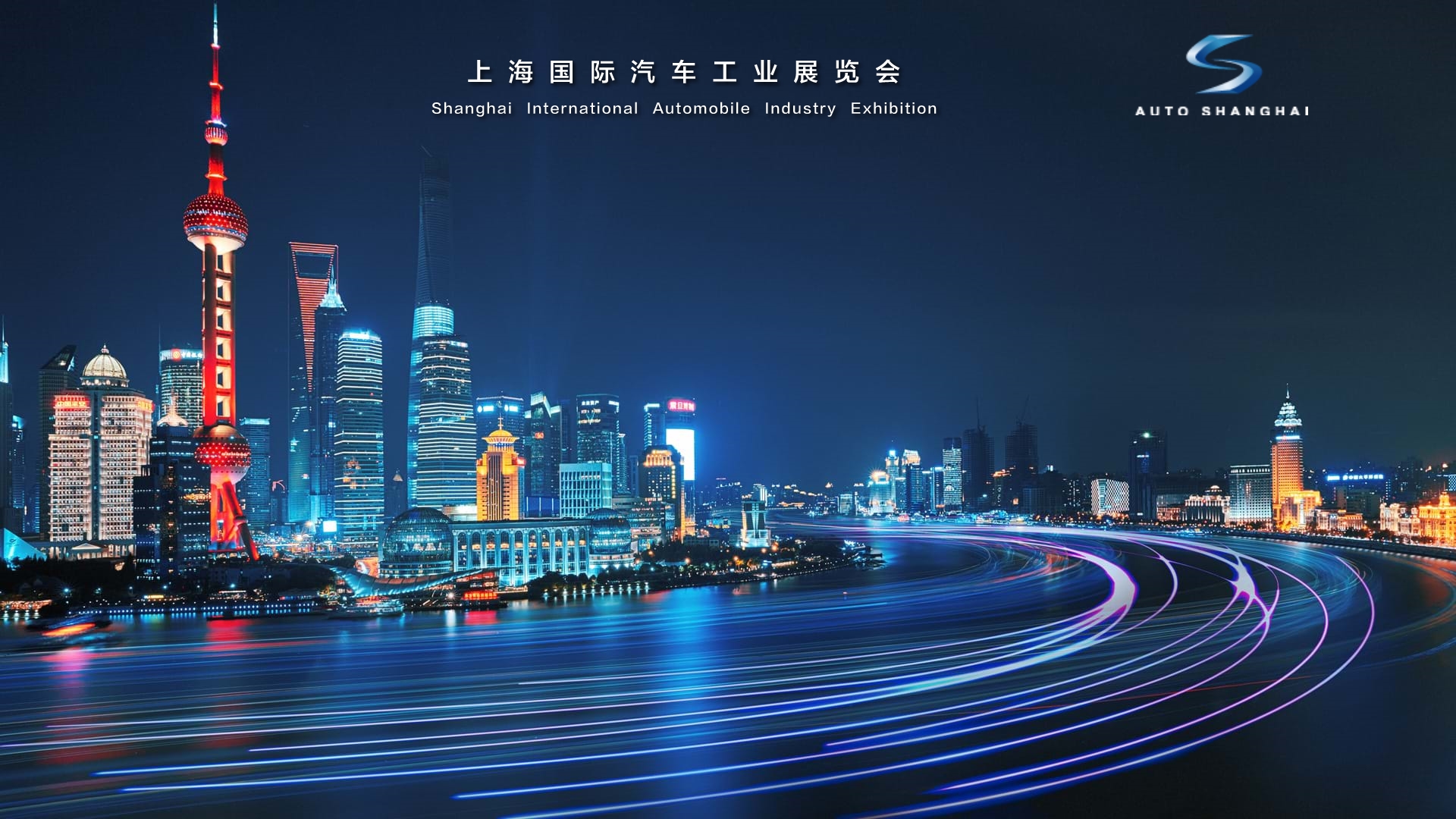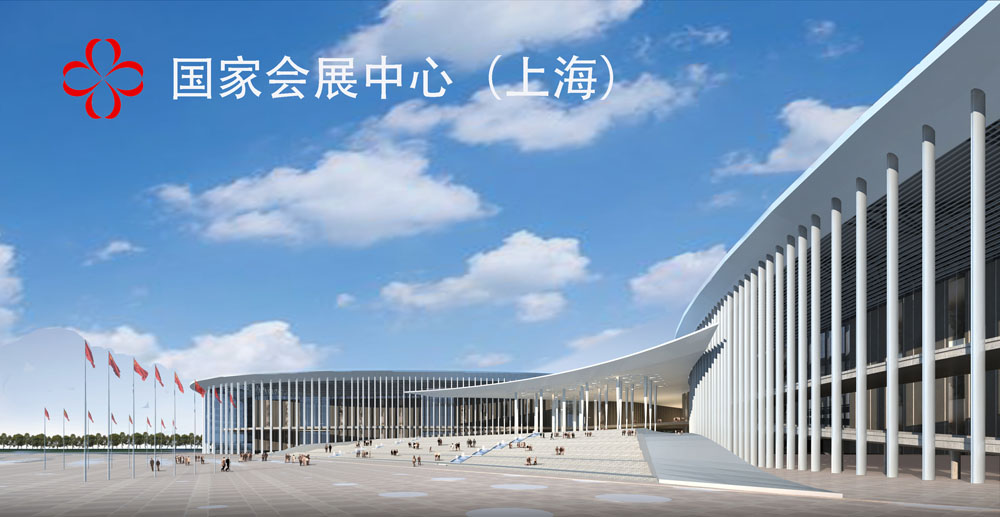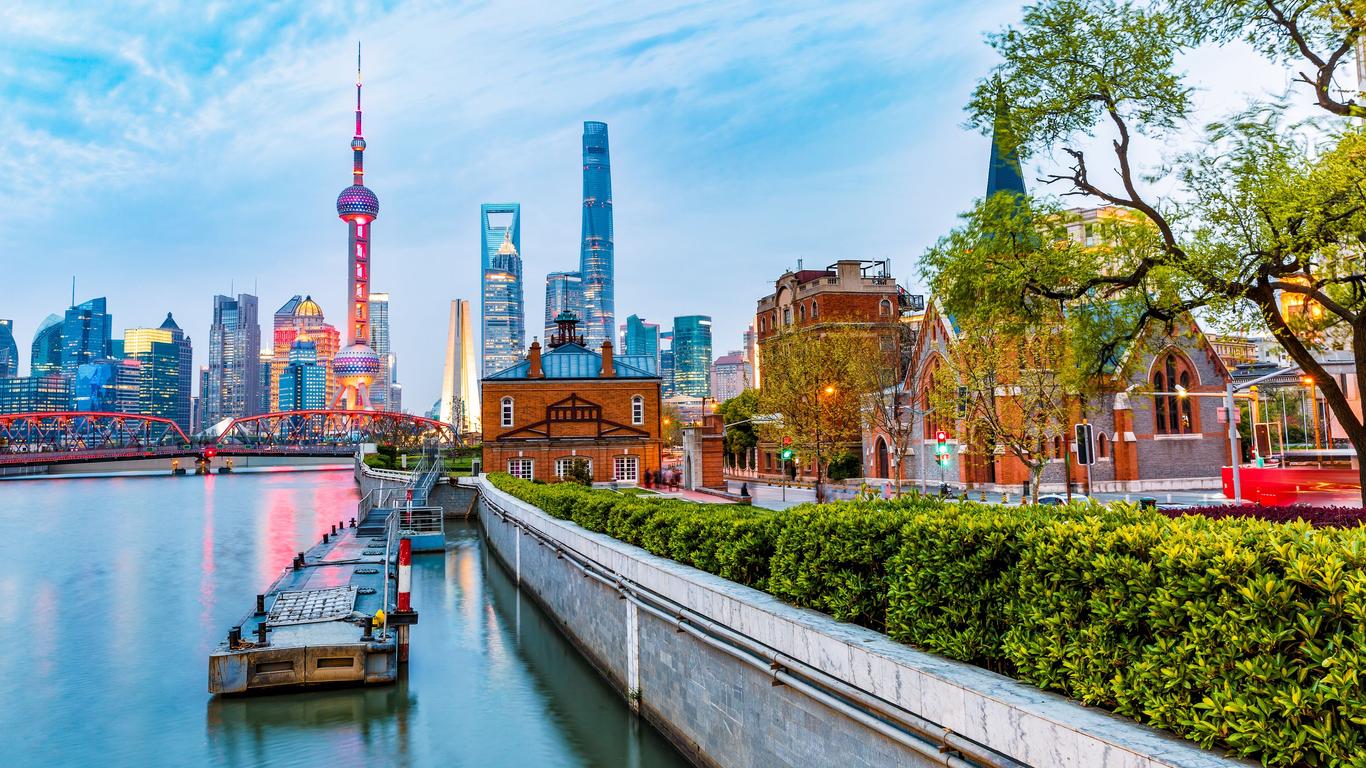
 *Changjiang|Yangtze River
*Changjiang|Yangtze River
 *China International Import Expo,CIIE
*China International Import Expo,CIIE
 *Yangtze River Delta Economic Zone
*Yangtze River Delta Economic Zone
 China
China
 Chinese Super League 2019
Chinese Super League 2019

 Financial
***Global Financial Center
Financial
***Global Financial Center
 Women's Soccer World Cup 2007
Women's Soccer World Cup 2007

 History
N 2000 - 2100 AD
History
N 2000 - 2100 AD

 History
M 1500 - 2000 AD
History
M 1500 - 2000 AD

 International cities
***Global Urban Economic Competitiveness
International cities
***Global Urban Economic Competitiveness
 Yangtze River Delta G60 Science and Technology Innovation Corridor
Yangtze River Delta G60 Science and Technology Innovation Corridor
 Silk road
Silk road
 Shanghai Shi-SH
Shanghai Shi-SH
 Shanghai-Hong Kong Stock Connect
Shanghai-Hong Kong Stock Connect
 Shanghai Cooperation Organization
Shanghai Cooperation Organization

 Important port
Important port

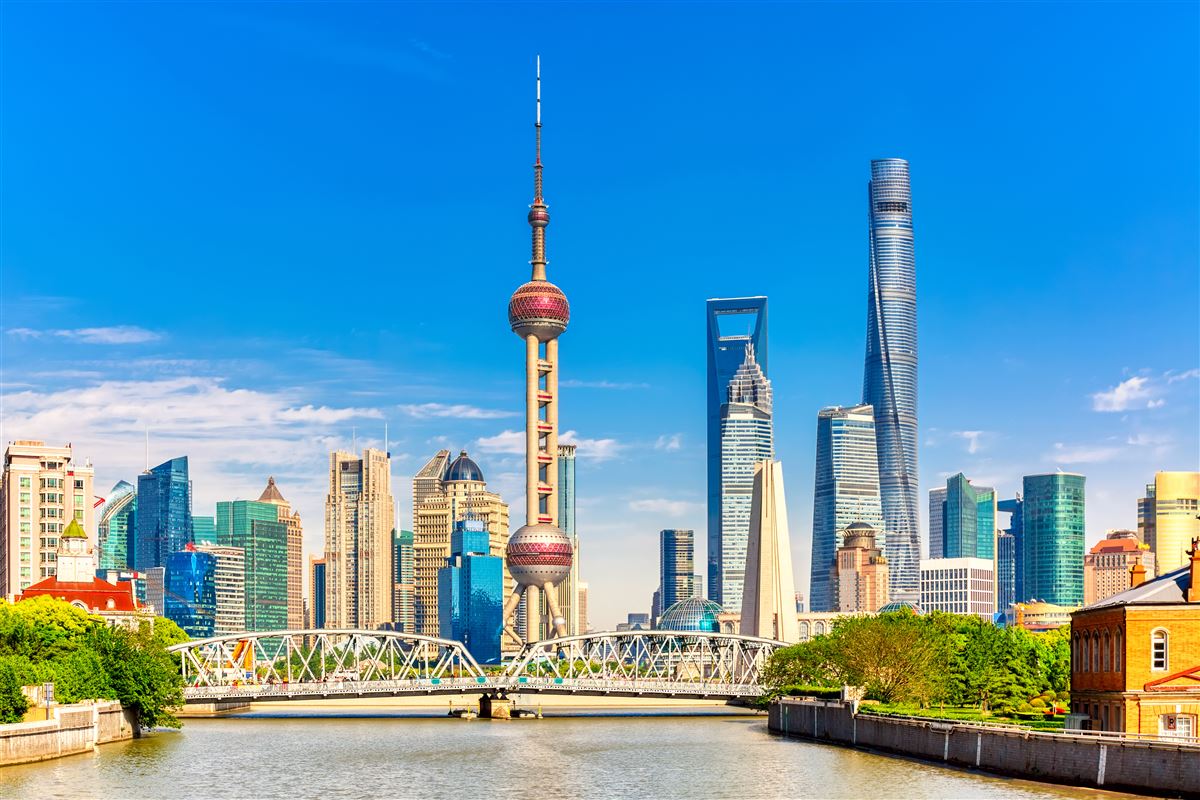

上海(Shanghai),简称“沪”,有“东方巴黎”的美称,中华人民共和国直辖市之一,中国国家中心城市,中国的经济、金融中心,繁荣的国际大都市,拥有中国大陆首个自贸区“中国(上海)自由贸易试验区”。
上海作为中国民族工业的发祥地,地处长江入海口,东向东海,隔海与日本九州岛相望,南濒杭州湾,西与江苏、浙江两省相接,共同构成以上海为龙头的中国最大经济区“长三角经济圈”。
上海是中国的历史文化名城,拥有深厚的近代城市文化底蕴和众多历史古迹,江南的吴越传统文化与各地移民带入的多样文化相融合,形成了特有的海派文化。2010年成功举办了2010年世界博览会、中国上海国际艺术节、上海国际电影节等大型文化交流活动。
上海属北亚热带湿润季风气候,四季分明,日照充分,雨量充沛。上海气候温和湿润,春秋较短,冬暖夏凉。1月份最冷,平均气温为4.9℃,通常7月份最热,平均气温30.9℃。
上海是中国的经济、交通、科技、工业、金融、贸易、会展和航运中心。GDP总量居中国城市之首。上海港货物吞吐量和集装箱吞吐量均居世界第一,是一个良好的滨江滨海国际性港口。上海正致力于在2020年建成国际金融、航运和贸易中心。上海作为远东最大都市之一,有“中国的商业橱窗”之称。
上海是中国主要旅游城市之一。主要景点有上海博物馆、上海城市规划展示馆、东方明珠广播电视塔、上海大剧院、上海豫园、豫园商城、上海外滩风景区、上海新天地娱乐休闲街、陆家嘴金融贸易区等。
上海,简称沪,别称申,是中华人民共和国直辖市,也是中国经济最发达的城市,国际金融、贸易和航运中心之一[参 1],其港口为全球最繁忙的港口;主要产业包括商贸流通、金融、信息、制造等。上海位于中国东部弧形海岸线的正中间,长江三角洲最东部,东临东海,南濒杭州湾,西与江苏、浙江两省相接,北端的崇明岛处于长江入海口中,占地面积6,340平方公里。上海市是世界最大的城市之一,截至2016年,人口2419.70万,其中本地户籍人口占59%,达1439.50万[参 2];近年来,上海市也与周围的江苏、浙江两省高速发展的多个城市共同构成了长江三角洲城市群,是世界几大城市群之一[参 3]。 2017年生产总值为30,133.86亿元人民币,按同年国际汇率可兑换成4463.09亿美元或8587.59亿国际元,为世界一大经济区域;人均生 产总值则为124,571元人民币,按同年国际汇率可兑换成18,450美元或35,500国际元,接近发达国家20,000美元的标准。2017年上海 居民全年人均可支配收入为58,988元人民币,位居全国首位。2017年上海居民的平均税后月收入为1,336美元,比较其他国内一线城市为高,但较香港、伦敦、东京、新加坡、旧金山和苏黎世等城市低。
晋代,上海初步发展为一个渔港、盐产地和商贸集镇。唐代到元代,上海地区归华亭县、松江府管辖。明清两朝,上海已较为繁荣,棉纺织业发达[参 4]。1843年,根据《南京条约》,上海作为通商五口之一正式开埠,由此开始上海租界的历史。上海凭借独特的政治环境,经济迅速发展,吸引了苏、浙、粤、皖、鲁等周边省份及外国的移民,成为中国乃至远东地区最大的都会之一[参 5]。江南地区传统的吴越文化与各地移民带入的多样文化(包括开埠后的西方近现代文化)融合,逐渐形成了特有的海派文化。在民国时期,上海是亚洲最大的城市,中国最重要的工商业中心,被蒋中正评价为“中外观瞻之所系”[参 6]。中华人民共和国成立后,中央政府实行计划经济,主要发展内陆的重工业等。六四天安门事件后,西方国家对中华人民共和国经济封锁,上海大量支援中国大陆其他地区的发展[参 7]。改革开放后,1990年,上海迎来浦东开发开放政策,经济成长速度加快[参 8];2005年设立的国家综合配套改革试验区、2013年批准的上海自贸区[参 9],也令上海经济进一步发展,成为了世界级大都市,更是中国大陆的经济、金融、贸易中心城市和中国财政收入的支柱城市[参 10][参 11][参 12][参 13],但目前上海正面临外地来沪人员所导致的犯罪率上升,同时人才外流、上海话及海派文化消失等问题也为上海的前景带来隐忧[参 14][参 15]。
上海是中国近现代经济发展的典范[参 16],因此也拥有不少著名地标景观,包括豫园-城隍庙、南京路-外滩、陆家嘴摩天大楼天际线等。
Shanghai oder Schanghai (chinesisch 上海, Pinyin  Shànghǎi?/i) ist die bedeutendste Industriestadt der Volksrepublik China und eine der größten Städte der Welt.
Shànghǎi?/i) ist die bedeutendste Industriestadt der Volksrepublik China und eine der größten Städte der Welt.
Zu Shanghai gehören außer der Innenstadt mit etwa 15 Millionen Einwohnern[2] zahlreiche umliegende, bis 50 km entfernte Stadtbezirke mit weiteren etwa 8 Millionen Einwohnern. Während die Innenstadt eine hohe Bebauungsdichte und geschlossene Siedlungsform hat, dominiert in den Randbezirken eine ländliche, eher provinzielle Siedlungsstruktur. Von den insgesamt etwa 23 Millionen Einwohnern (Volkszählung 2010)[1] sind 15,9 Millionen registrierte Bewohner mit ständigem Wohnsitz (戶口 / 户口, hùkǒu) und 7,1 Millionen temporäre Bewohner (流動人口 / 流动人口, liúdòng rénkǒu) mit befristeter Aufenthaltsgenehmigung (暫住證 / 暂住证, zànzhùzhèng).[3]
Shanghai ist eine regierungsunmittelbare Stadt, das heißt, sie ist direkt der Zentralregierung unterstellt, und ihr Status entspricht dem einer Provinz. Ihr nur 6340,5 km² (2012) großes Gebiet wird durch andauernde Landgewinnung am seichten Bankett des Jangtsekiang-Trichters (insbesondere im südöstlichen Zipfel) stetig leicht größer.
Der Hafen von Shanghai ist mit 31,74 Millionen TEU pro Jahr der größte Containerhafen der Welt (Stand: 2011).[4] Auch nach Gesamtumschlag ist der Hafen mit 736 Millionen Tonnen Waren im Jahr 2012 der größte.
Die Stadt ist ein wichtiger Verkehrsknotenpunkt und ein bedeutendes Kultur- und Bildungszentrum mit zahlreichen Universitäten, Hochschulen, Forschungseinrichtungen, Theatern und Museen.
上海市(シャンハイし、簡体字: 上海市、拼音: Shànghǎi ( 聞く)、呉語発音: [z̻ɑ̃˨hᴇ˦]、英語: Shanghai[1][ˈʃæŋhaɪ, ʃæŋˈhaɪ] (
聞く)、呉語発音: [z̻ɑ̃˨hᴇ˦]、英語: Shanghai[1][ˈʃæŋhaɪ, ʃæŋˈhaɪ] (![]() 音声ファイル))は、中華人民共和国の直轄市である。
音声ファイル))は、中華人民共和国の直轄市である。
有数の世界都市であり、同国の商業・金融・工業・交通などの中心地、香港・北京と並ぶ中国最大の都市の一つである。アメリカのシンクタンクが2017年に発表した総合的な世界都市ランキングにおいて、世界9位と評価された[2]。
2012年6月時点の常住人口は2,400万人を超え[3]、市内総生産は2兆3,560億元(約45兆円)であり[4]、いずれも首都の北京市を凌ぎ中国最大である。中華人民共和国国務院により国家中心都市の一つに指定されている。
略称は滬(簡体字: 沪/こ:フー)だが、古称の申(しん:シェン)も用いられる。
Shanghai (Chinese: 上海; Wu Chinese:  [zɑ̃.hɛ]; Mandarin: [ʂâŋ.xài] (
[zɑ̃.hɛ]; Mandarin: [ʂâŋ.xài] ( listen)) is one of the four municipalities under the direct administration of the central government of China, the largest city in China by population, and the second most populous city proper in the world, with a population of more than 24 million as of 2017.[14][15] It is a global financial centre[16] and transport hub, with the world's busiest container port.[17] Located in the Yangtze River Delta, it sits on the south edge of the estuary of the Yangtze in the middle portion of the East China coast. The municipality borders the provinces of Jiangsu and Zhejiang to the north, south and west, and is bounded to the east by the East China Sea.[18]
listen)) is one of the four municipalities under the direct administration of the central government of China, the largest city in China by population, and the second most populous city proper in the world, with a population of more than 24 million as of 2017.[14][15] It is a global financial centre[16] and transport hub, with the world's busiest container port.[17] Located in the Yangtze River Delta, it sits on the south edge of the estuary of the Yangtze in the middle portion of the East China coast. The municipality borders the provinces of Jiangsu and Zhejiang to the north, south and west, and is bounded to the east by the East China Sea.[18]
As a major administrative, shipping and trading city, Shanghai grew in importance in the 19th century due to trade and recognition of its favourable port location and economic potential. The city was one of five treaty ports forced open to foreign trade following the British victory over China in the First Opium War. The subsequent 1842 Treaty of Nanking and 1844 Treaty of Whampoa allowed the establishment of the Shanghai International Settlement and the French Concession. The city then flourished as a centre of commerce between China and other parts of the world (predominantly the Occident), and became the primary financial hub of the Asia-Pacific region in the 1930s.[19] However, with the Communist Party takeover of the mainland in 1949, trade was limited to other socialist countries, and the city's global influence declined. In the 1990s, the economic reforms introduced by Deng Xiaoping resulted in an intense re-development of the city, aiding the return of finance and foreign investment to the city. It has since re-emerged as a hub for international trade and finance; it is the home of the Shanghai Stock Exchange, one of the world's largest by market capitalization.[20]
Shanghai has been described as the "showpiece" of the booming economy of mainland China;[21][22] renowned for its Lujiazui skyline, and museums and historic buildings, such as those along The Bund, as well as the City God Temple and the Yu Garden.
Shanghai (pron. [ʃaŋˈɡai][2]; in cinese 上海S, ShànghǎiP, abbreviazione 沪 o 申, Hù o Shēn; in italiano anche Sciangai[3]), situata sul fiume Huangpu presso il delta del Chang Jiang, è la città più popolosa della Cina[4] e del mondo, oltre che la seconda municipalità autonoma del Paese dopo Chongqing in quanto ha oltre 32 milioni di abitanti, ed è una delle quattro città municipalità della Cina a godere dello status di provincia.
In cinese Shànghǎi è abbreviata in Hù (滬T, 沪S) e Shēn (申S); le due sillabe shàng e hǎi significano letteralmente «sul mare» o anche «verso il mare». L'interpretazione è che la città originariamente fosse situata sul mare oppure, secondo i locali, fosse il punto più alto in cui arrivava il mare.
Shanghai è vista come capitale economica della Cina: grazie allo sviluppo dei decenni passati Shanghai è un centro economico, finanziario, commerciale e delle comunicazioni di primaria importanza della Repubblica Popolare Cinese. Il suo porto, il primo del Paese, è uno dei più trafficati al mondo assieme a Singapore e Rotterdam. Nel 2010 ha superato Singapore come volume di traffico.[5]
Famosi sono alcuni soprannomi della città tra i quali: «La Parigi d'oriente», «La regina d'oriente», «Perla d'oriente». A riconferma di ciò, un'autorevole indagine pone Shanghai tra le metropoli più alla moda d'Asia e la quattordicesima in tutto il mondo.[6]
Shanghái6 (pronunciado /sangái/,7 en chino estándar [ʂaŋ˧˥ xai̯˨˩˦](![]() escuchar), en chino: 上海市, pinyin: Shànghǎi, shanghainés: zånhae, literalmente: 'en el mar'8) es uno de los cuatro municipios que, junto con las veintidós provincias, cinco regiones autónomas y dos regiones administrativas especiales, conforman la República Popular China. Por otra parte, Shanghái es la ciudad más poblada de China y una de las más pobladas del mundo con más de 24 millones de habitantes.9 Situada en China del Este, Shanghái yace en el delta del río Yangtsé, centrada en la costa del mar de la China Oriental y es administrada al máximo nivel con la categoría de municipio de control directo.10
escuchar), en chino: 上海市, pinyin: Shànghǎi, shanghainés: zånhae, literalmente: 'en el mar'8) es uno de los cuatro municipios que, junto con las veintidós provincias, cinco regiones autónomas y dos regiones administrativas especiales, conforman la República Popular China. Por otra parte, Shanghái es la ciudad más poblada de China y una de las más pobladas del mundo con más de 24 millones de habitantes.9 Situada en China del Este, Shanghái yace en el delta del río Yangtsé, centrada en la costa del mar de la China Oriental y es administrada al máximo nivel con la categoría de municipio de control directo.10
El área donde se sitúa la ciudad fue colonizada y asentada por los refugiados que huían de los mongoles hacia el 960-1126 d. C. Antiguamente se dedicaba a la pesca y textiles pero su importancia creció en el siglo XIX gracias a su localización estratégica como puerto de mar y por ser forzada a abrirse al tráfico internacional por el Tratado de Nankín en 1842.11 Shanghái fue floreciendo como eje comercial entre China y las potencias coloniales y como nodo financiero y comercial a partir de 1930.12 La población occidental comenzó a abandonar la zona a comienzos de la guerra del Pacífico en 1941 hasta que finalmente, tras la revolución y guerra civil, en 1949 la actividad de Shanghái se redujo considerablemente dejando de recibir inversión extranjera. Con las reformas económicas durante la década de los 90, Shanghái experimentó un espectacular crecimiento financiero y turístico, siendo sede de numerosas empresas multinacionales y vanguardistas rascacielos. Actualmente es el mayor puerto del mundo por volumen de mercancías.13
La ciudad es un destino turístico por sus monumentos como el Bund, el Templo del Dios de la Ciudad, los rascacielos del Pudong y como centro cosmopolita de la cultura y el diseño,1415 por otro lado acogió la Exposición Universal de 2010 sobre el urbanismo del futuro. A día de hoy Shanghái es descrita habitualmente como la «pieza estrella» de la economía de mayor crecimiento del mundo16 inmersa en una competición con Cantón y el área urbana del río Perla, por convertirse en la mayor urbe de China.
Administrativamente, Shanghái es una de las cuatro municipalidades de la República Popular China administradas directamente por el gobierno central del país. Shanghái es la capital económica de China. Ocupa una superficie de 6340 km². La lengua local no es el mandarín, sino el shanghainés, una variedad de chino wu (吳語, wúyǔ).
Шанха́й (кит. 上海, пиньинь: Shànghǎi; у 上海 [zãhe], Zånhae) — крупнейший по численности населения город Китая и мира[2]. Расположен в дельте реки Янцзы на востоке Китая. Один из четырёх городов центрального подчинения КНР, важный финансовый и культурный центр страны, а также крупнейший в мире морской порт[3].
Первый из двух иероглифов, которыми записывается название Шанхая, имеет значения «на/над», «верх», «входить/вступать», второй — «море». На местном диалекте они произносятся как /zɑ̃.'he/ (занхэ). Первое упоминание этого названия относится к династии Сун (XI век), когда уже существовало слияние рек Янцзы и Хуанпу и населённый пункт с таким названием. Существуют разногласия относительно интерпретации этого названия, официальная китайская историография трактует его как «верховья моря», «взморье» (кит. упр. 海之上洋, пиньинь: hǎi zhī shàng yáng).
Однако другое прочтение (особенно в северных диалектах) предполагает буквальное значение: «вступать на море», то есть выходить в море, что вполне подходило бы для портового города. Ещё одна, более поэтическая версия предполагает, что иероглифы следует читать в обратном порядке (海上 hǎi shàng), и тогда, согласно порядку слов в китайском языке, они приобретают значение «[город] на море», «приморск». На Западе ранее существовали различные варианты транскрипции: Shanghai (англ.), Schanghai (нем.), Sjanghai (голл.) и Changhaï (фр.). В 1990-х годах написание Shanghai — согласно правилам транскрипции пиньинь — стало универсальным для большинства языков, использующих латиницу.
В китайском языке Шанхай записывается сокращённо как Ху (кит. упр. 沪, пиньинь: hù) либо Шэнь (кит. упр. 申, пиньинь: shēn). Первый вариант происходит от старого названия реки Сучжоухэ — Худу (кит. упр. 沪渎, пиньинь: hù dú), второй — от имени чуского дворянина Чуньшэнь-цзюня (кит. упр. 春申君, пиньинь: Chūn shēn jūn, буквально: «господин Чуньшэнь»), жившего в III в. до н. э., в земли которого входила территория современного Шанхая и которого почитали в этих местах как героя. В названиях шанхайских спортивных команд и газет часто присутствует иероглиф 申. Шанхай также иногда называют Шэньчэн (кит. упр. 申城, пиньинь: shēn chéng — «город Шэня»).
В западных языках у Шанхая существовало много других имён, среди них «Восточный Париж», «Королева Востока», «Жемчужина Востока» и даже «Шлюха Азии» (за разгул порока, наркотиков и проституции в 1920-е — 1930-е года; ср. нарицательное «шанхай» в русском языке в значении «беспорядок», «хаос», а также англ. to shanghai — 1) «опоив, отправить матросом в плавание»; 2) амер. «добиться (чего-л.) нечестным путём или принуждением»).

